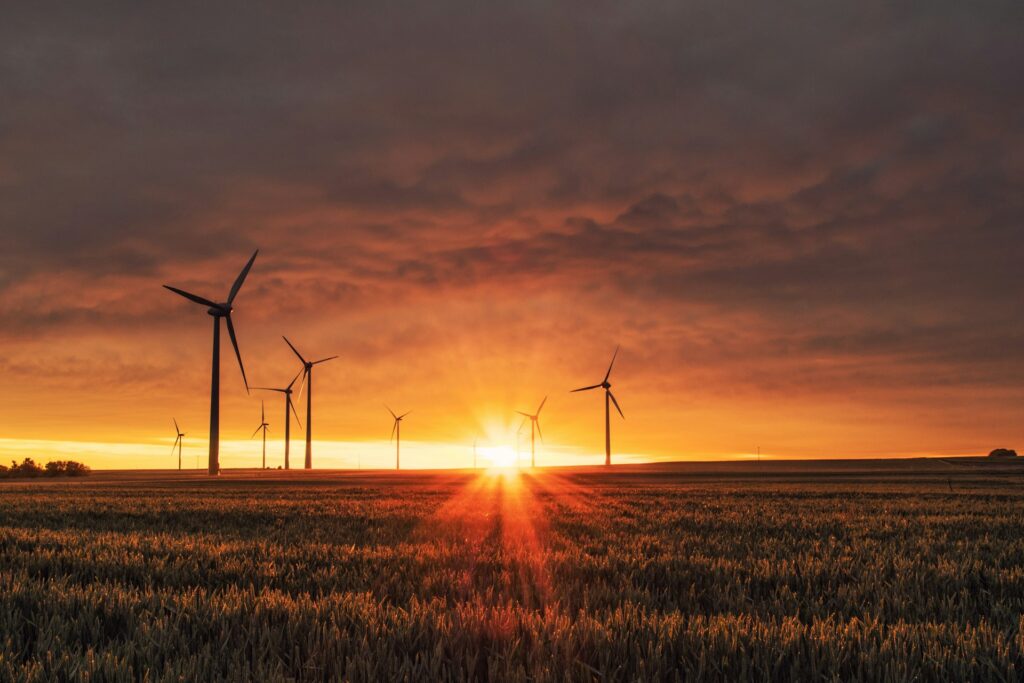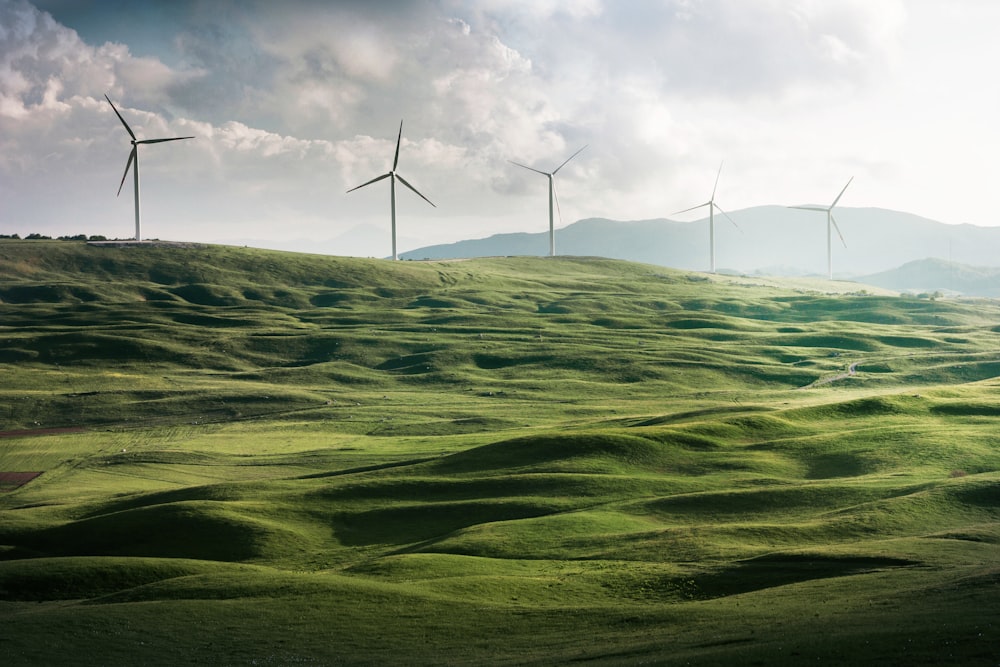
5 Environmental Benefits of DTF Printing
DTF printing is becoming increasingly popular in the printing industry. Direct-to-film or DTF printing allows designs to be transferred onto various surfaces with precision and vibrancy thanks to its modern printing technique. Increasingly, businesses and individuals are switching to digital printing for their printing needs, and it’s important to explore both its advantages and how it impacts the environment.
Today, we’ll talk about the 5 environmental benefits of DTF printing and why it matters for sustainable printing practices.
5 Environmental Benefits of DTF Printing
Here is an overview of the benefits that DTF printing offers for the environment:
- DTF printing requires minimal to no water in the printing process.
- Eco-friendly ink formulations with reduced VOCs and harmful chemicals..
- DTF printing is more energy-efficient, thanks to shorter production cycles and lower operating temperatures.
- DTF printing helps reduce hazardous emissions and promotes a cleaner and safer printing process.
- The versatility of DTF printing in substrate compatibility allows for printing on a wide range of materials.
Reduction in Water Usage
DTF printing offers great benefits when it comes to water usage. Unlike many traditional printing methods, which often rely heavily on water throughout the printing process, DTF printing requires minimal to no water. This is because DTF printing utilizes a dry printing process, where designs are directly printed onto a special film using a printer, eliminating the need for water-based inks or extensive rinsing processes.
In contrast, traditional printing methods such as screen printing or offset printing often involve significant water consumption. Screen printing, for example, requires water for preparing screens, rinsing out ink, and cleaning equipment. Similarly, offset printing utilizes water-based inks and requires water for plate preparation and cleaning.
The environmental impact of reducing water usage in printing operations is substantial. By minimizing or eliminating the need for water, DTF printing helps conserve this precious resource and reduces the strain on water supplies and wastewater treatment facilities. Additionally, it helps prevent water pollution by reducing the discharge of wastewater containing potentially harmful chemicals used in traditional printing processes.
Overall, the reduction in water usage offered by DTF printing not only contributes to environmental conservation but also helps businesses reduce their water consumption and associated costs. It’s a win-win situation that demonstrates the environmental benefits of adopting sustainable printing practices like DTF printing.
Eco-Friendly Ink Formulations
One of the key environmental benefits of DTF printing lies in its use of eco-friendly ink formulations. DTF inks are specifically formulated to minimize environmental impact by reducing the presence of harmful chemicals and volatile organic compounds (VOCs).
Traditional printing methods often rely on solvent-based inks, which contain high levels of VOCs and other hazardous chemicals. These chemicals can have detrimental effects on both the environment and human health, contributing to air pollution, smog formation, and respiratory issues.
In contrast, eco-friendly DTF inks are designed to have lower VOC content and fewer harmful chemicals. This makes them safer for the environment and for those working with or exposed to the prints. By choosing eco-friendly DTF inks, businesses can significantly reduce their environmental footprint and create a healthier working environment for their employees.
Furthermore, the use of eco-friendly inks in DTF printing aligns with efforts to promote environmental conservation and sustainability. By opting for inks with reduced VOCs and harmful chemicals, businesses can minimize their contribution to air and water pollution, helping to protect ecosystems and natural resources for future generations.
Decreased Energy Consumption
DTF printing stands out as a more energy-efficient printing method compared to many traditional printing techniques. Several factors contribute to its lower energy consumption, making it a greener choice for environmentally conscious businesses.
Firstly, DTF printing often features shorter production cycles compared to other printing methods. The direct-to-film process eliminates the need for intermediate steps such as screen preparation or plate making, reducing overall production time. This streamlined workflow translates to less time spent running printing equipment, resulting in lower energy usage.
Additionally, DTF printing typically operates at lower temperatures compared to other methods like screen printing or sublimation printing. The heat press used in DTF printing requires less energy to reach and maintain the desired temperature for transferring designs onto substrates. This reduction in operating temperatures further contributes to energy savings during the printing process.
The environmental implications of decreasing energy usage in printing processes are significant. By reducing energy consumption, businesses can lower their carbon footprint and decrease their reliance on fossil fuels. This, in turn, helps mitigate climate change and reduce greenhouse gas emissions, contributing to global efforts to combat environmental degradation.
Furthermore, decreased energy consumption in printing operations aligns with sustainability goals and promotes resource conservation. By adopting energy-efficient printing technologies like DTF printing, businesses can minimize their environmental impact while maintaining high-quality printing standards.
Minimization of Chemical Waste
DTF printing offers significant advantages in minimizing chemical waste generation compared to traditional printing methods, particularly screen printing. This reduction in chemical waste has positive environmental implications and contributes to a cleaner and safer printing process.
In screen printing, the use of screen emulsions, cleaners, and other chemicals is common throughout the printing process. These chemicals are used for tasks such as preparing screens, removing ink residues, and cleaning equipment. However, they can generate a substantial amount of chemical waste and pose environmental risks if not handled properly.
In contrast, DTF printing eliminates the need for many of these chemicals. Since designs are directly printed onto a special film using a printer, there is no requirement for screen emulsions or cleaners. Additionally, the absence of screen preparation and cleanup processes further reduces the generation of chemical waste associated with screen printing.
By minimizing chemical waste generation, DTF printing helps mitigate environmental pollution and reduces the release of hazardous emissions into the atmosphere. This not only benefits the environment but also promotes a safer working environment for printing professionals and reduces the risk of exposure to harmful chemicals.
Furthermore, the environmental impact of reducing chemical waste extends beyond the printing facility. By minimizing the release of hazardous chemicals into the environment, DTF printing helps protect ecosystems and natural habitats from pollution, contributing to overall environmental conservation efforts.
Versatility in Substrate Compatibility
DTF printing’s versatility in substrate compatibility offers significant environmental benefits compared to printing methods that require specialized substrates or treatments. This versatility allows for more sustainable printing practices and reduces the environmental impact associated with sourcing and processing materials.
Unlike some traditional printing methods that require specialized substrates or treatments, DTF printing can be used on a wide range of materials without the need for pre-treatments or coatings. This means that DTF printing can be applied to natural fabrics such as cotton and linen, as well as synthetic materials like polyester, without requiring additional processing steps. Additionally, DTF printing can be used on recycled materials, contributing to waste reduction and promoting circular economy practices.
By eliminating the need for specialized substrates or treatments, DTF printing reduces the environmental footprint associated with sourcing and processing materials. This reduces energy consumption, water usage, and chemical emissions throughout the production process, resulting in lower environmental impact overall.
Furthermore, the versatility of DTF printing opens up opportunities for innovation and creativity in sustainable product design. Businesses and individuals can explore a wide range of materials and substrates for their printing projects, including eco-friendly options such as organic cotton and recycled polyester. This encourages the adoption of more sustainable materials and promotes responsible consumption and production practices.
Conclusion
To sum up, through its innovative technology and sustainable approach, DTF printing offers a range of environmental benefits that contribute to a greener and more sustainable future.
At SpeedE Transfers, we’re dedicated to providing eco-friendly DTF printing services in Austin and beyond. With our state-of-the-art technology and expertise in sustainable printing practices, we’re here to help you bring your creative projects to life while making a positive impact on the planet. Experience the benefits of DTF printing with SpeedE Transfers today and join us in our journey towards a greener tomorrow. Visit SpeedE Transfers now!


